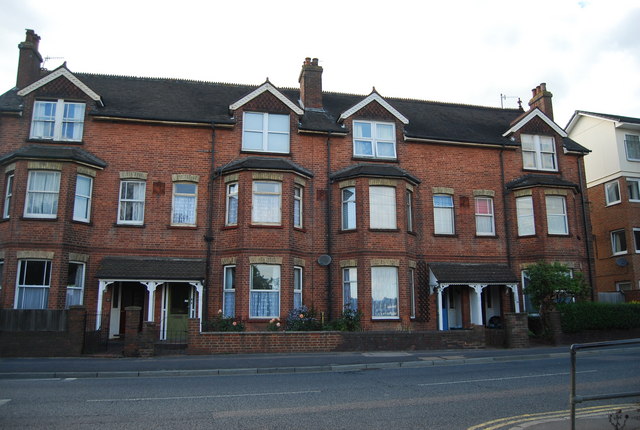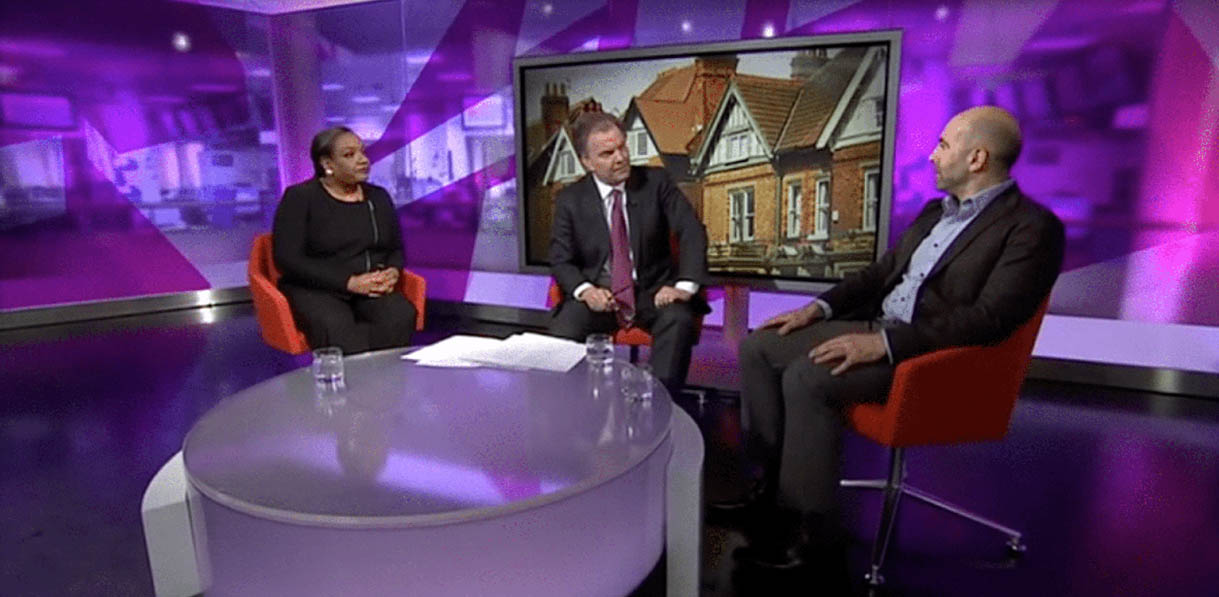 Earlier this year a close colleague made me a business proposition. His brother buys 3 bed 1930s houses and turns them into 7 lettable bedrooms by extending into the rear garden and converting the loft. Why don’t we join forces and do the same on a 50:50 basis, he asked? So I decided to give it some serious thought and spoke to three landlords I know who focus on HMOs.
Earlier this year a close colleague made me a business proposition. His brother buys 3 bed 1930s houses and turns them into 7 lettable bedrooms by extending into the rear garden and converting the loft. Why don’t we join forces and do the same on a 50:50 basis, he asked? So I decided to give it some serious thought and spoke to three landlords I know who focus on HMOs.
Caroline Freeland bought 6 large houses in East and South London in the 1990s. They all had two storeys and have never met the need for mandatory licensing criteria (5 people or more living in 3 stories or more). She paid the deposits with credit card finance, but the rental profits were so good that she paid off much of the loans within 10 years. She says “it was fine for the first five years, but after that when the credit card debt was paid I wasn’t so keen. Agents didn’t manage rooms, so I had to do it all myself. I was managing 31 tenants and constantly trying to fill vacancies.” She still has the properties – why doesn’t she let them to families or a group of sharers on one AST?
“I am getting £2,400 instead of £1,750 a month, so the yields are much higher and it’s quite difficult to rent large properties to one family.” Like many veteran investors, she is also benefitting from very low Mortgage Express interest rates.
Caroline has now let 2 houses on a rent to rent basis, where her tenant lets the house by the room. The subletter earns around £3,200 per month in rent and pockets a healthy profit. Wear and tear is understandably higher with such a volume of tenants, she says she gets the houses back every 2-3 years and will then freshen them up. She used to get graduates or divorcees as tenants who were very straightforward, she says. Now she finds she has more unemployed tenants or recent migrants who are “cheekier” and sublet without telling her.
My second interviewee, Peter Singh, specialises in subletting and does not own any property. He was managing 10 HMOs but has recently scaled down to 7, he now has 34 tenants instead of 54 all in South East London. His ideal property is 3 bed with 2 receptions. He lets rooms for £100 to £130 per week including bills and aims to make around £650 profit per property after paying between £1,100 and £1,350 to the landlord. I’m curious how he finds managing 34 tenants, he seems very relaxed about it. He says the key is to build a good synergy in the house. So he doesn’t mix builders with students or students with teachers. If there’s any sign of negativity from a prospective tenant, he doesn’t take them. He is happy to lower rents a little in order to get long term tenants and so reduce his tenant turnover. All of his tenants are working and they include chefs, hairdressers, fork lift truck drivers, builders, Crossrail workers. Professionals tend to want zone 2, he says, and most of his properties are in zones 3 and 4. Like all of us, he has problems with tenants sometimes. He had one tenant on a 6 month AST who turned out to have a drink and drug problem which was affecting the whole household. He offered to refund his rent if he left – and he did.
There must be some pitfalls, I ask him. “There’s a big debate about licenses, ASTs and company lets at the moment. Landlords are letting rooms on licenses and there have been a few cases where the judge has decided that they are ASTs or that the agreement between the landlord and the subletter is effectively a company let.”
I was at a Property Investors Network meeting recently where Ant Lyons from Your Property Network was explaining Rent to Rent and Lease Options. These are the latest ways to make money in property with little or no capital investment. With lease options, you lease the property from the owner with an option to buy it at an agreed price in the future. It’s a kind of merging of rent to rent and buying off plan – except the property is already built, but you hope it will increase in value in the future. You will then pay for it in full when at that time it will have become ‘below market value,’ a key buzzword in these circles.
Peter Singh strikes me as a good guy, an excellent property manager and is admirably entrepreneurial. I am a traditionalist and believe in the straightforward putting down of a deposit, buying a property and renting it out. I can’t help thinking that lease options are storing up problems for the future and lenders will object to rent for rent at some point – or they’ll be some court case that will blow a hole in the strategy. I find the PIN approach to making a profit at any cost with little regard for the human dimensions a bit disconcerting. You know the old adage: “if it sounds too good to be true it probably is.” Although the host, Ed Fowkes, is very interested in social projects, I’m not sure that many people attending these seminars are engaged with their responsibilities to tenants and local communities. I found it painfully commercial and sales driven.
Finally I spoke to my NLA colleague, Lucy Regan, who specialises in higher end HMOs in South East London. Her target property has 4 beds and 2 or 3 receptions so that it is capable of being converted into 6 rooms. More than 6 rooms would require sui generis planning permission. As part of the refurbishment, Lucy’s team fits fire doors and alarms in every room, mains smoke alarms, emergency lighting and locks on each door. Management systems for recycling, parking, cleaning and maintenance are all carefully implemented. As landlord, she pays all of the bills and charges an inclusive rate to tenants who each have their own AST. She does get some capital growth after the refurbishment, but her focus is rental yield. Typically, her properties would rent as a whole house for £1,350 to a family or maybe £1,600 to a group of sharers. But she will rent rooms at £500 to £600 per month and raise £3,200. Double the rent, but is it for double the management time? She says that the biggest challenge is maintenance. Tenants tend not to take responsibility for communal areas and rarely report repair issues so leaks can turn into major problems if neglected. Visiting properties can be time consuming as everybody has to be emailed to get permission. She doesn’t have many problems with people not getting on, with the exception of cleanliness complaints – usually 4 times a year she says. She tells me about colleagues who have HMOs in Clapham where every room has an ensuite bathroom and that this is the future as tenants develop hotelesque expectations.
Lucy is expanding her business. She now has a part time Lettings Manager and has bought 4 properties in the last 18 months. Mortgages are a challenge, she says, because once the property has been turned into an HMO it can be harder to remortgage and release equity. She has managed to expand the business with her own cash and joint investors.
Being an HMO landlord can be excellent for generating cashflow and is not so good for capital growth. Landlords in this sector encounter a panoply of licensing, regulatory and mortgage restrictions. Those with the right business model and management systems are not phased by this, though many HMO landlords seem to get tired of self management after 2 or 3 years.
I didn’t take up the proposal from my colleague to convert houses into HMOs. Thinking about my current business, I have a number of houses that I could let by the room. I would effectively quadruple the number of tenants and hugely complicate my financing arrangements. The transient nature of HMOs with their high wear and tear does not appeal to me. I admire colleagues who do, particularly the new breed who refurbish to a good standard and manage professionally. Part of me would like to be so business-minded and less emotionally detached from my properties. Of course, we are all tired of landlords who rent seedy, poorly maintained HMOs: they blight all of our reputations. I like buildings too much to rip the heart out of them and maximise their occupancy. I have had excellent capital growth over the past ten years so I’m not doing too badly. So I plod on with my lower yields – and a lot less hassle.








